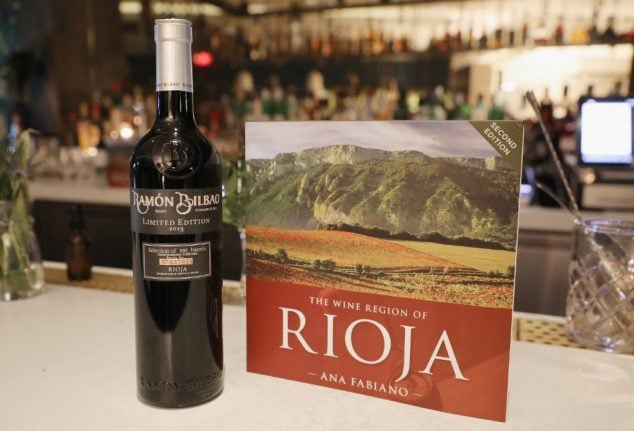The 58-year-old man from the village of Cogollos de Guadix in Granada was rushed to hospital by his family and is currently in a critical state, Spanish daily El Mundo reported on Monday.
It all started when the victim complained half-heartedly about the “bad quality” of the wine he’d just downed in one gulp.
His friend working behind the bar decided to “get back at him” by assuring him he’d serve him up a top quality wine next.
The joker decided to pour sink unblocker into the man’s glass, knowing that at first glance the toxic product would pass for the local wine because of their similar colour.
The prank did not go down well.
As soon as the man had gulped down the acid mix, he began to shout and convulse on the ground because of the severe burns he was sustaining.
Doctors at Granada Hospital’s emergency room were quick to call the Guardia Civil police to inform them of the unfortunate events.
The impractical joker, who initially claimed he had no idea that the industrial cleaning fluid he’d served his friend was toxic, has not yet been found by the local authorities.




 Please whitelist us to continue reading.
Please whitelist us to continue reading.
Member comments